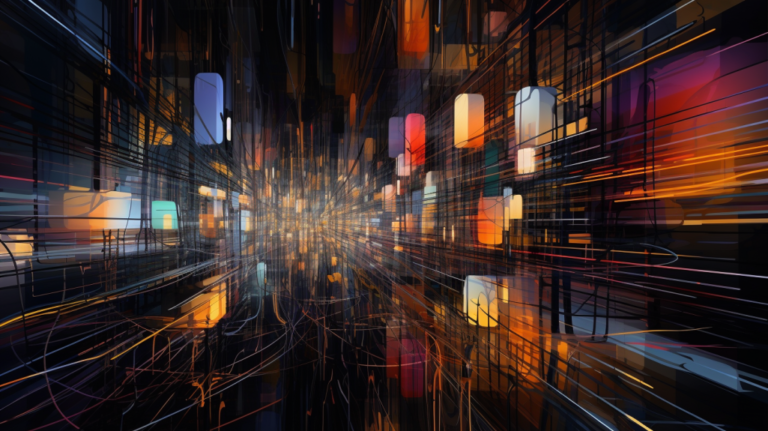Understanding Chat GPT: The Future of Language Generation
Chat GPT is an advanced language generation model developed by OpenAI that has revolutionized the way artificial intelligence generates human-like text. From content creation to chatbots and customer support, this technology is rapidly changing the landscape of communication. This article will delve into the intricacies of Chat GPT, exploring how it works and its potential impact on the future of language generation.
Have you ever wondered how artificial intelligence is capable of generating human-like text? Chat GPT, developed by OpenAI, is one of the most advanced language generation models that has taken the world of artificial intelligence by storm. In this article, we will provide a comprehensive guide to Chat GPT, exploring its features, applications, and potential impact on the future of language generation.
What is Chat GPT?
Chat GPT is a powerful language model designed to generate human-like text by analyzing vast amounts of data. GPT stands for Generative Pre-trained Transformer, a term that reflects the model’s ability to learn from large datasets and generate text that is coherent and contextually appropriate. Chat GPT is a variant of the original GPT model, which was designed for natural language processing (NLP) tasks such as language translation, question-answering, and text completion.
How Does Chat GPT Work?
Chat GPT is based on a neural network architecture that uses a transformer-based model to generate text. The model consists of multiple layers of artificial neurons, each of which is responsible for processing a specific aspect of language, such as grammar, syntax, and semantics. The model is trained on a massive dataset of text, such as books, articles, and social media posts, to learn the patterns and structures of human language.
Once the model is trained, it can generate text by predicting the most likely sequence of words that will follow a given input. The model generates text one word at a time, with each word being conditioned on the preceding words. This allows Chat GPT to generate text that is coherent, contextually appropriate, and stylistically consistent.
Applications of Chat GPT
The potential applications of Chat GPT are virtually limitless. Some of the most common applications of this technology include:
- Content Creation: Chat GPT can be used to generate high-quality content for blogs, articles, and social media posts. This technology can save content creators significant amounts of time and effort by generating text that is coherent, contextually appropriate, and stylistically consistent.
- Chatbots and Customer Support: Chat GPT can be used to power chatbots and customer support systems, enabling businesses to provide personalized and efficient service to their customers. Chatbots powered by Chat GPT can handle a wide range of queries and respond in a way that is human-like and engaging.
- Language Translation: Chat GPT can be used to improve the accuracy and fluency of language translation systems. By generating text that is coherent and contextually appropriate, Chat GPT can help to overcome the limitations of traditional translation systems.
Limitations of Chat GPT
While Chat GPT is a powerful tool for language generation, it is not without its limitations. One of the most significant limitations of this technology is its potential to generate biased or inaccurate text. Because Chat GPT is trained on existing data, it can perpetuate biases and inaccuracies that exist in the training data. Additionally, the model can sometimes generate text that is factually incorrect or lacks coherence, particularly when dealing with complex topics.
Another limitation of Chat GPT is its resource-intensive nature. Because the model requires massive amounts of data to train, it can be challenging to implement on smaller devices or systems with limited computational resources.
The Future of Chat GPT
Despite its limitations, Chat GPT is rapidly evolving, with new versions of the model being released regularly. OpenAI recently released GPT-4, the most advanced version of the model to date, which has the ability to generate text that is virtually indistinguishable from human writing.
The future of Chat GPT is promising, with potential applications in virtually every industry, from healthcare and finance to marketing and entertainment. As the model continues to evolve, we can expect to see even more advanced versions of the technology that are capable of generating even more sophisticated text.
In conclusion, Chat GPT is a groundbreaking technology that has revolutionized the way artificial intelligence generates human-like text. With its ability to generate high-quality content, power chatbots and customer support systems, and improve language translation systems, Chat GPT is rapidly changing the landscape of communication. As the technology continues to evolve, we can expect to see even more advanced versions of the model that will unlock new possibilities for language generation and artificial intelligence as a whole.






